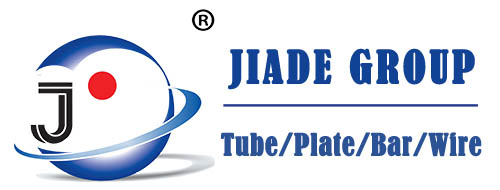When it comes to the intricate world of piping systems, one crucial component that often goes unnoticed but plays a significant role in ensuring the smooth functioning and safety of the entire system is the stainless steel flange. This unassuming yet vital piece of hardware acts as a connecting link between pipes, valves, and other equipment, providing strength, versatility, and reliability to various industrial applications. In this blog, we will explore what stainless steel flanges are, their key features, applications, and why they are a preferred choice in critical industries.
Understanding Stainless Steel Flanges:
A flange, in general terms, is a disc or rim used to attach one object to another. In piping systems, a stainless steel flange serves as a connecting point between two pipes or between a pipe and a valve, pump, or any other equipment. The flange itself has a flat face or a raised surface with bolt holes to allow for secure fastening. The flange’s design and material are crucial because they determine the joint’s integrity, leak-resistance, and overall reliability.
Key Features of Stainless Steel Flanges:
1. Corrosion Resistance: Stainless steel, as the name suggests, is highly resistant to corrosion and rust. This unique property is due to its high chromium content, which forms a passive layer on the surface, protecting it from environmental elements. This makes stainless steel flanges ideal for use in industries dealing with liquids, chemicals, or gases that may cause corrosion in ordinary carbon steel flanges.
2. Strength and Durability: Stainless steel flanges exhibit excellent mechanical properties, including high tensile strength and toughness, which make them capable of withstanding high pressures and extreme temperatures. This strength ensures the integrity of the entire piping system even under demanding conditions.
3. Versatility: Stainless steel flanges come in various sizes, types, and pressure classes, allowing them to accommodate diverse applications across industries. Whether it’s a high-pressure petrochemical pipeline or a low-pressure food processing system, stainless steel flanges can be tailored to meet specific requirements.
4. Hygienic Properties: In industries where cleanliness and hygiene are critical, such as pharmaceuticals and food processing, stainless steel flanges are the preferred choice. They are easy to clean and maintain, and their non-porous surface prevents the growth of bacteria or contamination of the product.
5. Fire and Heat Resistance: Stainless steel flanges possess remarkable fire and heat resistance properties, making them suitable for applications where exposure to high temperatures is inevitable.
Applications of Stainless Steel Flanges:
The widespread use of stainless steel flanges can be seen in various industries, including but not limited to:
1. Oil and Gas: Stainless steel flanges are extensively used in oil and gas exploration, production, and refining processes, where they handle the transportation of crude oil, natural gas, and other petroleum products.
2. Chemical and Petrochemical: The chemical and petrochemical industries deal with aggressive and corrosive substances. Stainless steel flanges provide the necessary corrosion resistance, ensuring the safety and efficiency of the systems.
3. Water and Wastewater Treatment: In municipal and industrial water treatment facilities, stainless steel flanges are used to connect pipes, pumps, and valves, handling both potable water and wastewater.
4. Food and Beverage: Stainless steel flanges are commonly found in the food and beverage industry, where hygiene, corrosion resistance, and ease of cleaning are of utmost importance.
5. Pharmaceuticals: Pharmaceutical manufacturing requires strict adherence to cleanliness and sanitation standards. Stainless steel flanges play a vital role in providing a reliable and contamination-free process.
Conclusion:
Although often overlooked, stainless steel flanges are the unsung heroes that maintain the integrity and efficiency of piping systems across diverse industries. Their corrosion resistance, strength, durability, and hygienic properties make them indispensable components for critical applications. As technology continues to advance, stainless steel flanges will likely evolve, offering even more enhanced features to meet the ever-growing demands of modern industries. So, the next time you see a complex network of pipes in an industrial facility, remember that the humble stainless steel flange is silently ensuring everything runs smoothly and safely.
Read Also – B16.36-2006 ORIFICE FLANGES

